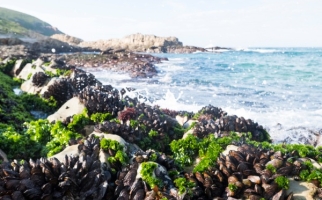
Using Mussels to Monitor the Environment
STEM Explained
Mussels are a kind of invertebrate that filter food out of the water they live in. This makes them a great tool for monitoring environmental water quality and tracking bioaccumulation in aquatic food webs.
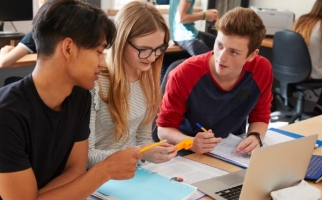
Introduction to the Fish Market Survey
Lessons
In this introductory activity, students will read two articles about the issue of fish mislabelling and complete two graphic organizers to identify the issue, its implications and possible solutions. They will complete the organizers individually and in pairs, and then discuss the results with the whole class.
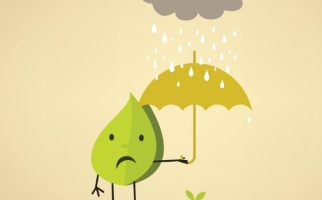
What is Acid Rain?
STEM Explained
Acid rain is any precipitation that has an unusually low pH. It can be rain, snow, fog, etc. But what is a low pH and why is this a problem?
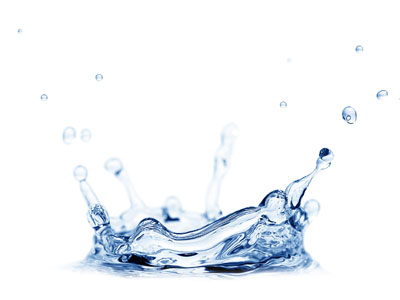
Why is rain not salty?
Hands-on Activities
Make a model of the water cycle and find out how water moves around on planet Earth.

What are Carbon Offsets?
STEM Explained
Can carbon offsets help you reduce your environmental footprint, practice sustainable living and fight climate change?
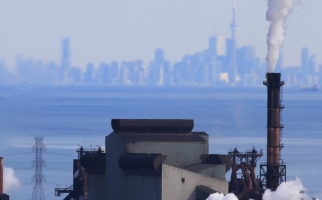
What are Greenhouse Gases?
Backgrounders
This backgrounder explains what greenhouse gases are and how they contribute to climate change.

What are the Pros and Cons of Ethanol Biofuel?
STEM Explained
Biofuels like ethanol might help fight climate change. But they can contribute to food insecurity and greenhouse gases in ways that might surprise you.
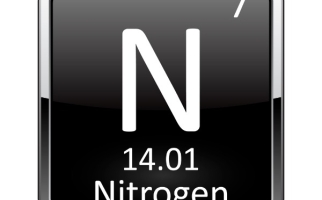
Understanding the Nitrogen Cycle
STEM Explained
What is the nitrogen cycle? How do human activities such as using fertilizer affect the nitrogen cycle? How can this cause greenhouse gases?

Vegetables
Picture Collections
14 images of some plants such as carrots, cabbage and leeks whose roots, stems or leaves are used for food
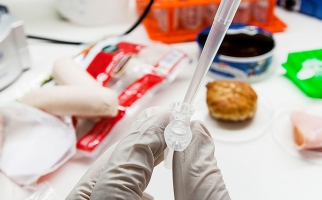
The Classification of Life: From Linnaeus to DNA Barcoding
Backgrounders
Learn about two taxonomy systems that scientists use to classify the life around us.
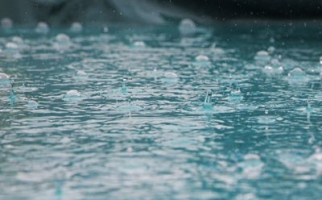
The Water Cycle
Picture Collections
1 diagram illustrating the water cycle

Should Scientists Clone Extinct Species?
STEM Explained
Cloning makes it possible to bring extinct species back to life. But is that a good idea?
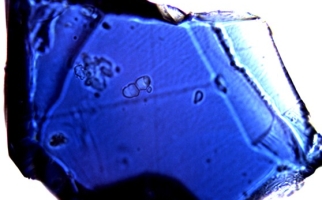
Ringwoodite and the Deep Water Cycle
STEM Explained
The water in the oceans has travelled vast distances. It has even time spent deep below the surface of the Earth, trapped inside the mineral ringwoodite.
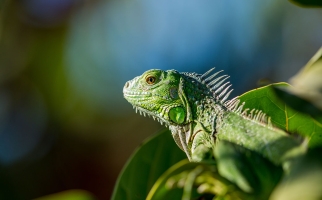
Reptiles
Picture Collections
10 images of some cold-blooded vertebrates such as snakes, lizards and alligators typically having dry, scaly skin
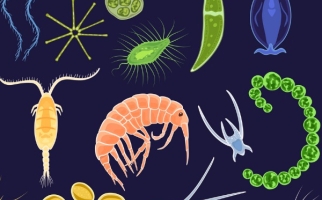
Marine Microbiology: Meet the Microbes of the Sea!
STEM Explained
The ocean is full of very small but very useful creatures called microbes. Without them, none of the sea plants or animals you’ve seen would exist!